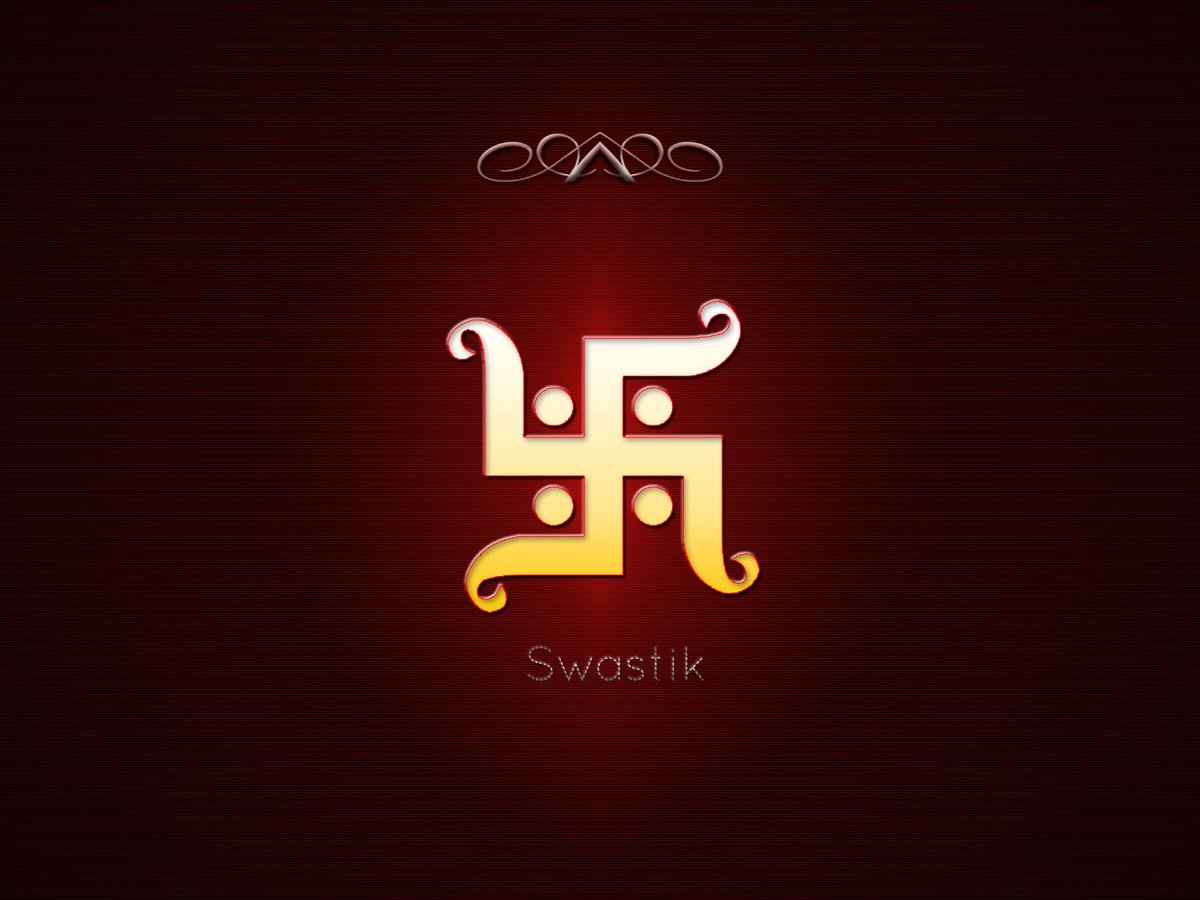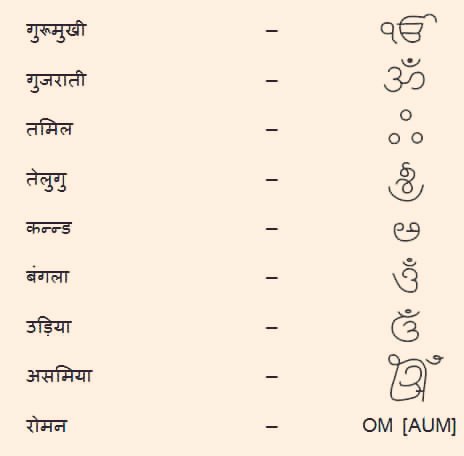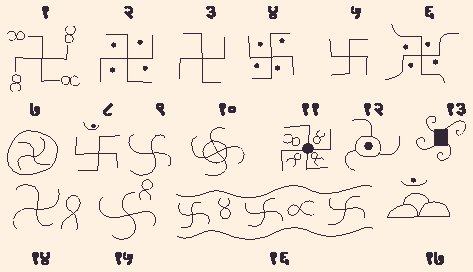signs written in an artistic style in the ancient known script of Brahmi.
The greatest distinguishing feature of the स्वास्तिक symbol is that if looked at from any of the four sides it always reads ‘AUM’.
As the writing of the ordinary script changed,other prevailing customary writing styles also changed.However among ordinary peple the deeply ingrained AUM (Swastik) word remained unchanged.
Ordinary people continue to this day to write the ॐ symbol which is about a thousand years old.
Svasti – ityavinashinam Astirabhipujitahsvastiti Nirukta (3.20)
This sukta from Nirukta means that Svasti is the name of the indestructible. There are three indestructible things in this universe — Prakriti, Jeev and Ishwar.















